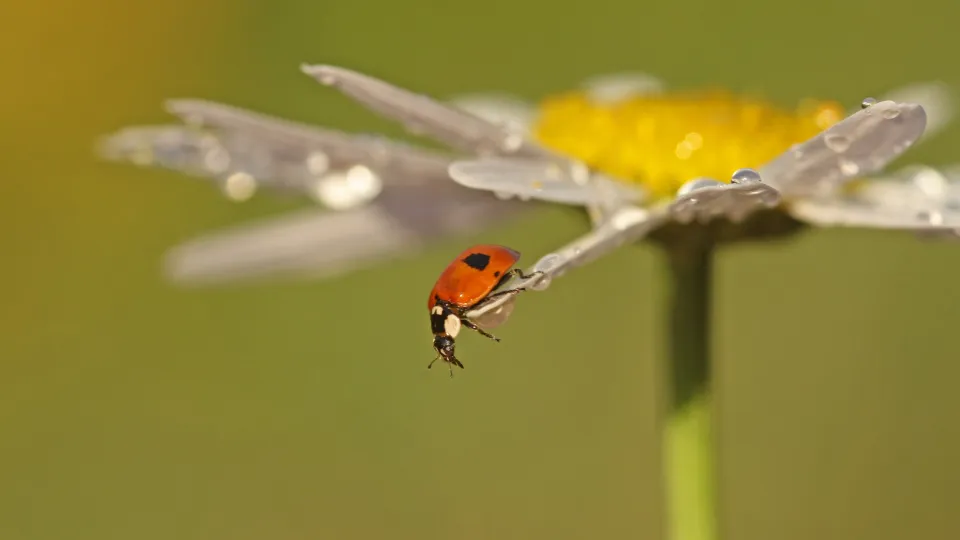
2-spot ladybird
Our most common ladybird, the black-on-red markings of the 2-spot Ladybird are familiar to many of us. Ladybirds are beneficial insects, managing garden pests - encourage them by putting up a bug box.

Our most common ladybird, the black-on-red markings of the 2-spot Ladybird are familiar to many of us. Ladybirds are beneficial insects, managing garden pests - encourage them by putting up a bug box.
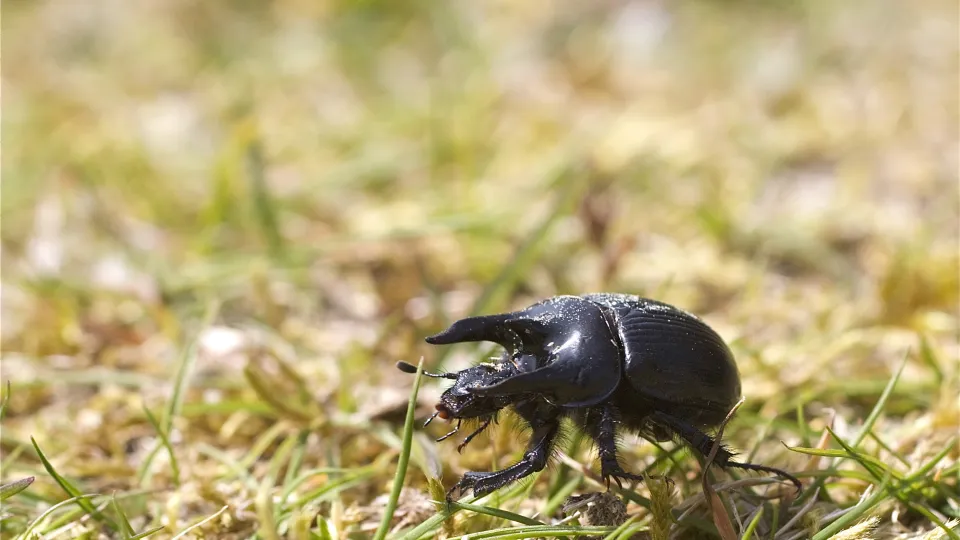
So-named for its three bull-like horns, the Minotaur beetle is a large dung beetle found on grassland and heathland from the autumn. Adults drag dung back to their nests for their larvae to feed on.
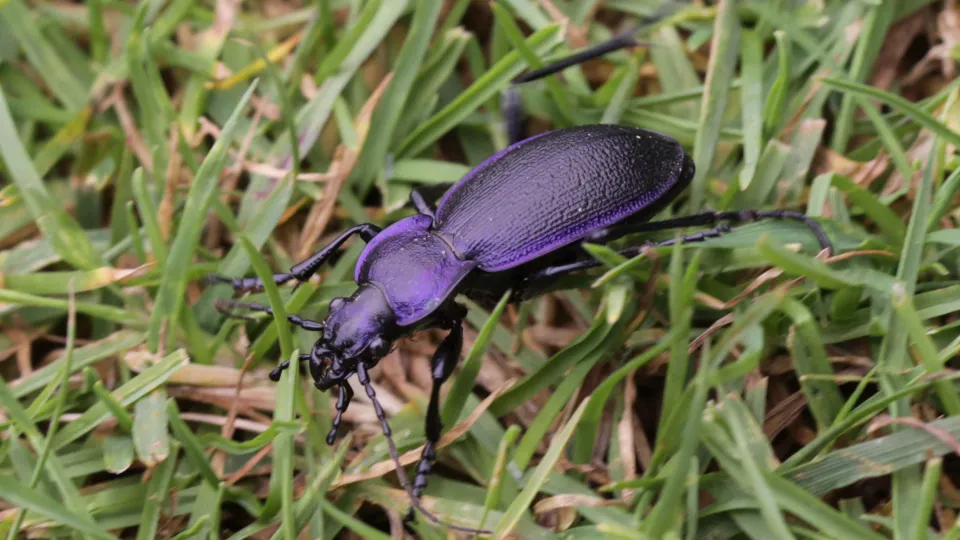
Violet ground beetles are active predators, coming out at night to hunt slugs and other invertebrates in gardens, woodlands and meadows.
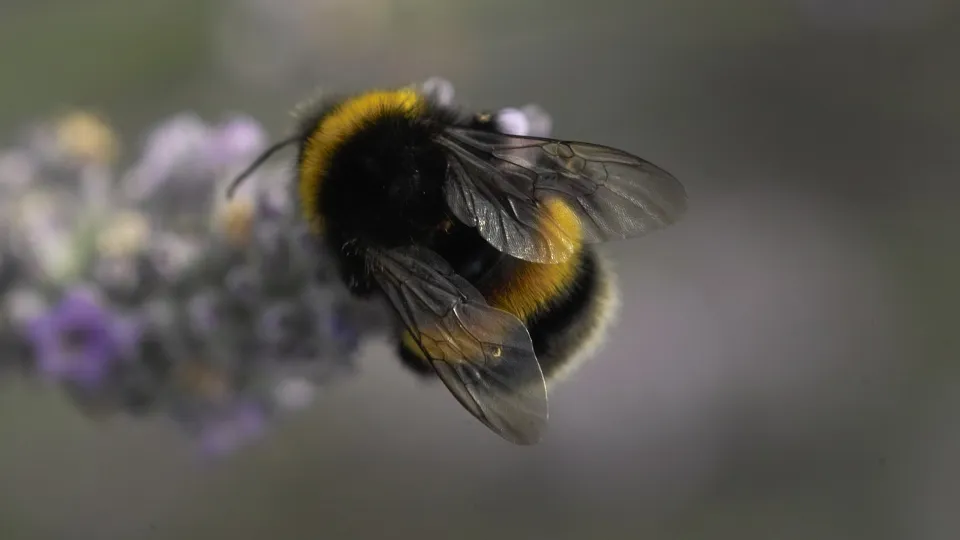
Living up to its name, the white-tailed bumblebee is black-and-yellow bee with a bright white 'tail'. A social bumble bee, it can be found nesting in gardens and woods, and on farmland and heaths.
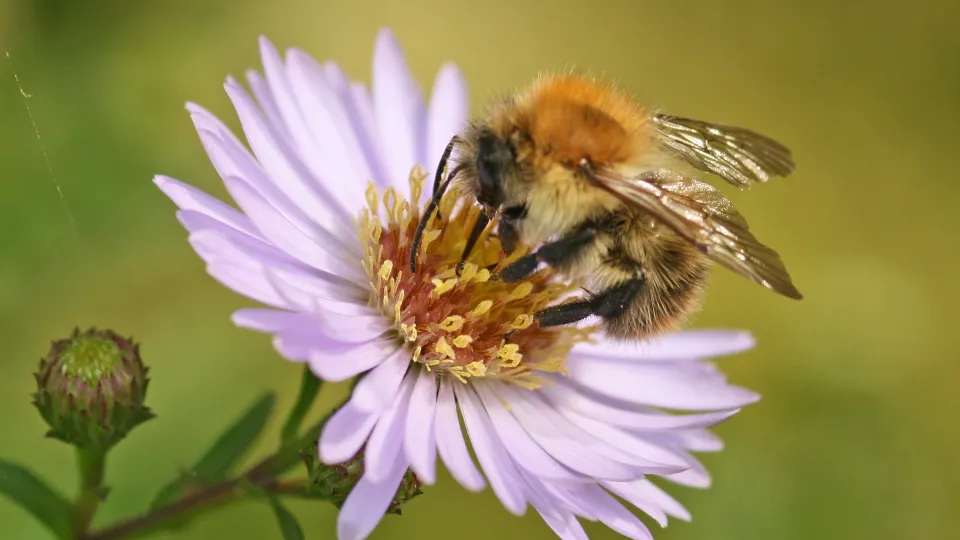
The common carder bee is a fluffy, gingery bumble bee that can often be found in gardens and woods, and on farmland and heaths. It is a social bee, nesting in cavities, old birds' nests and mossy lawns.
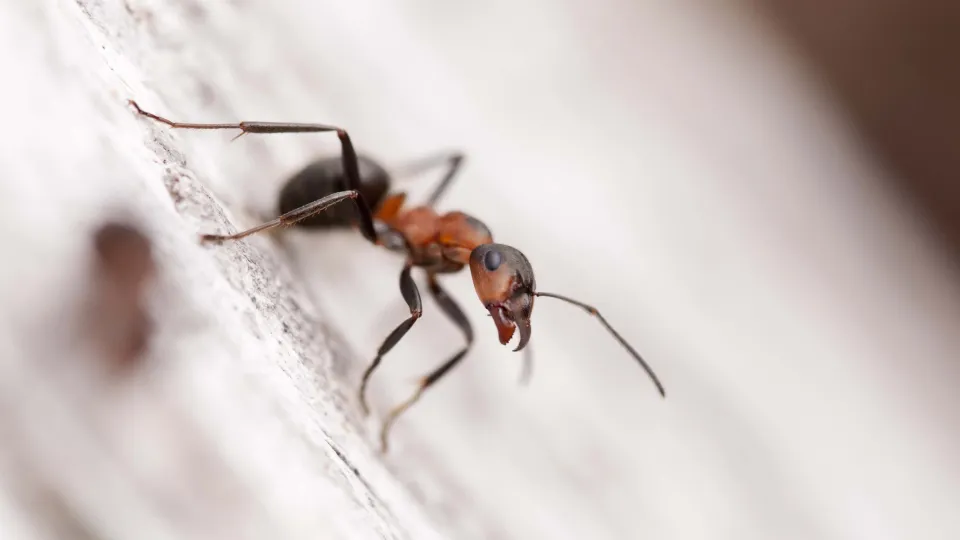
The most common wood ant is the southern wood Ant, or 'red wood ant', which is found in England and Wales. An aggressive predator, it plays a vital pest control role in our woodlands.
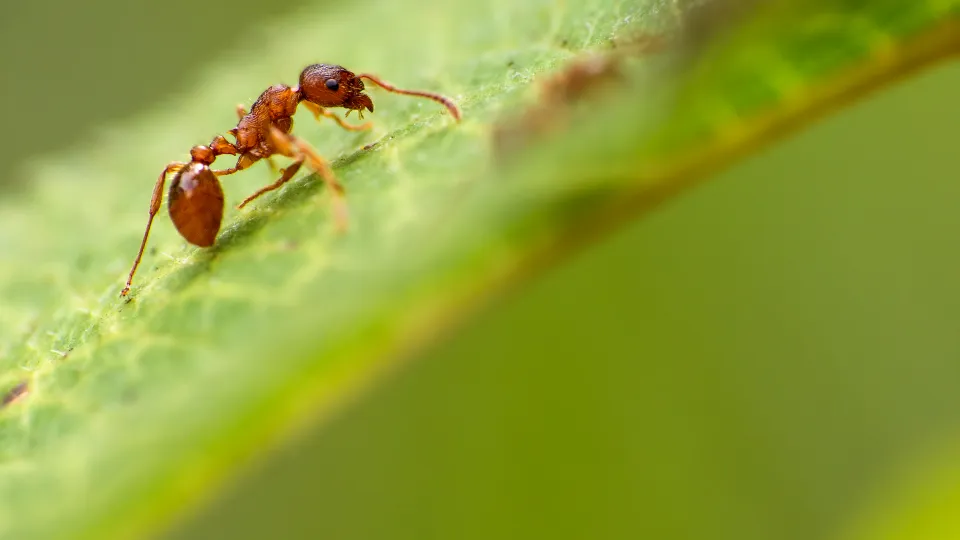
Turn over large stones or paving slabs in the garden and you are likely to find a Red ant colony. This medium-sized ant can deliver a painful sting, so be careful! In summer, winged adults swarm and mate.
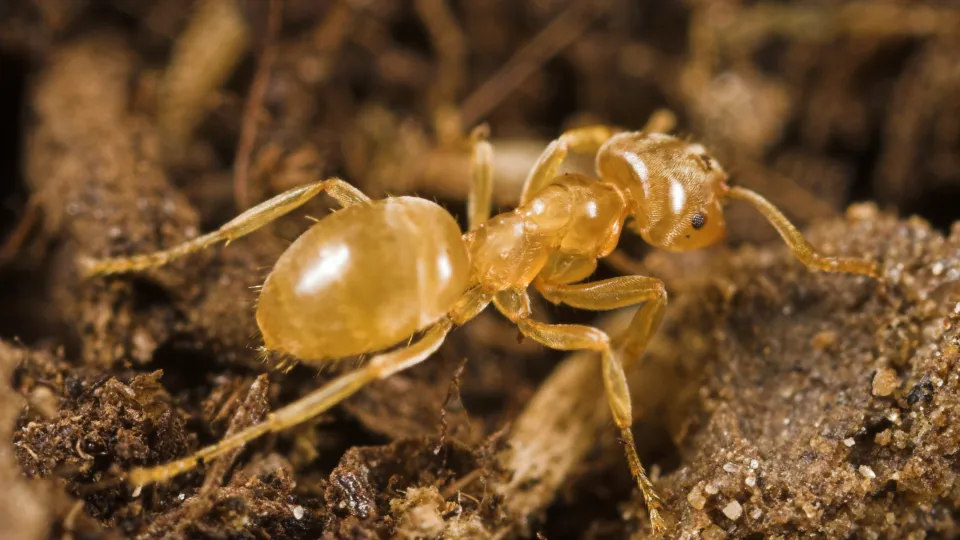
The yellow meadow ant is known for creating anthills in grassland habitats. It has a close relationship with the Chalkhill blue butterfly - protecting the larvae in return for a sugary substance they secrete.
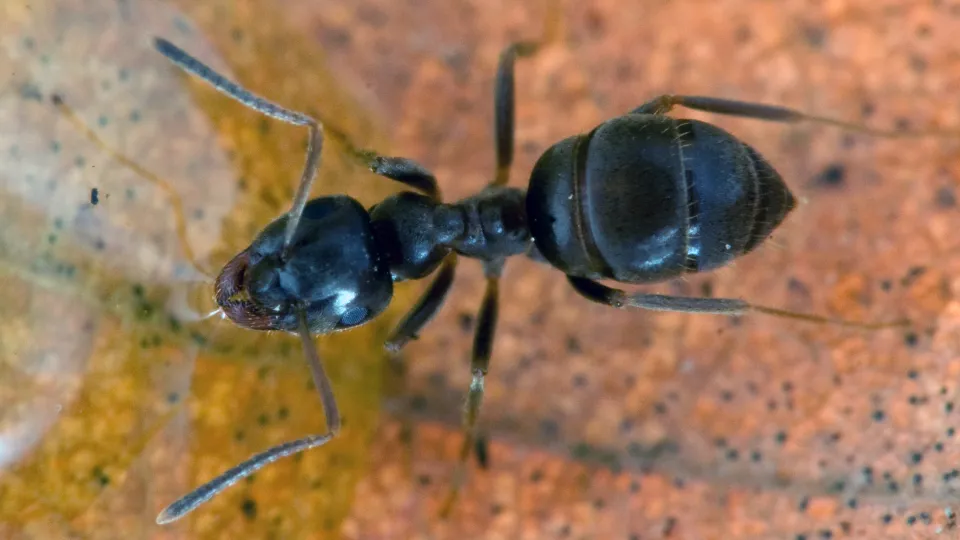
The black garden ant is the familiar and abundant small ant that lives in gardens, but also turns up indoors searching for sugary food. In summer, winged adults, or 'flying ants', swarm and mate.
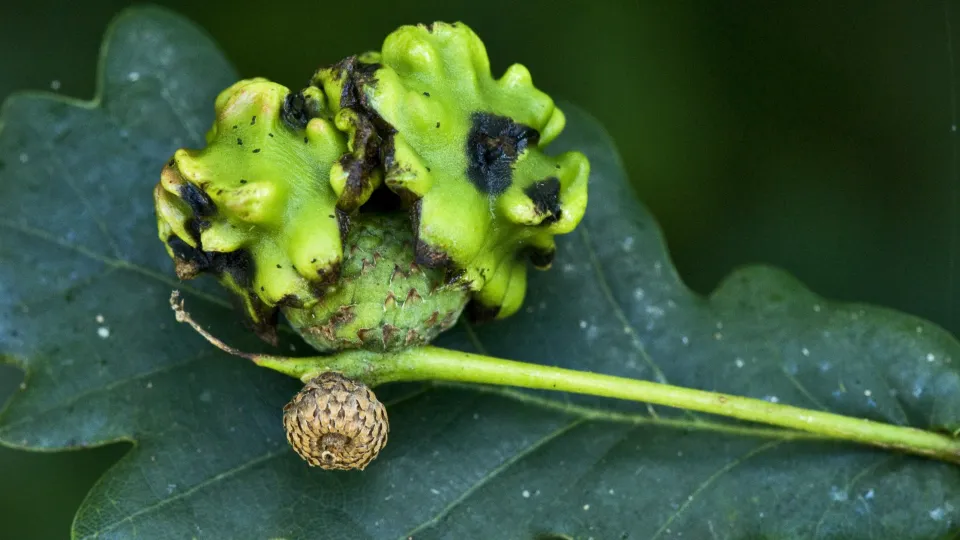
The knopper gall wasp produces knobbly red, turning to brown, growths, or 'galls', on the acorns of Pedunculate Oak. Inside the gall, the larvae of the wasp feed on the host tissues, but cause little damage.